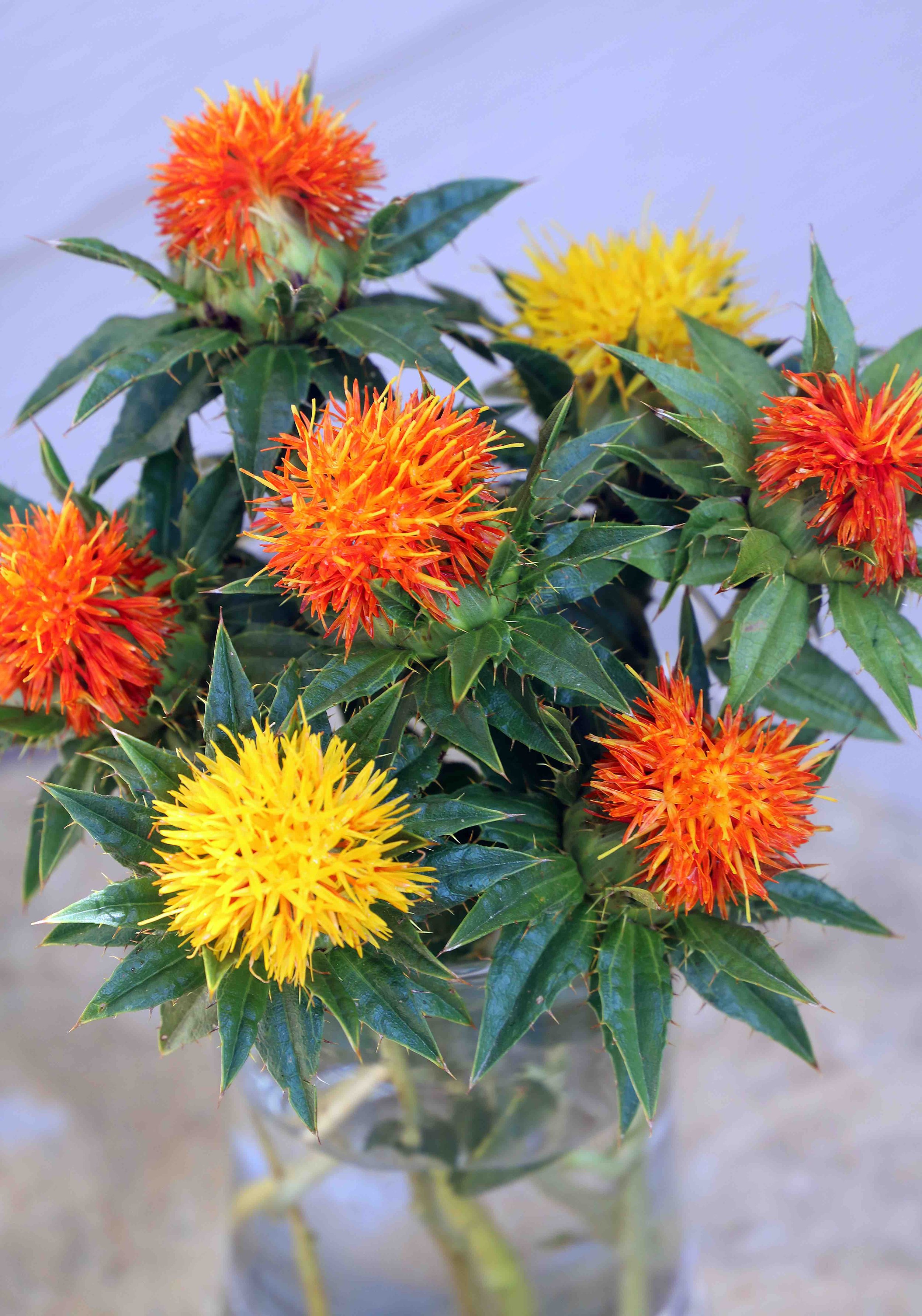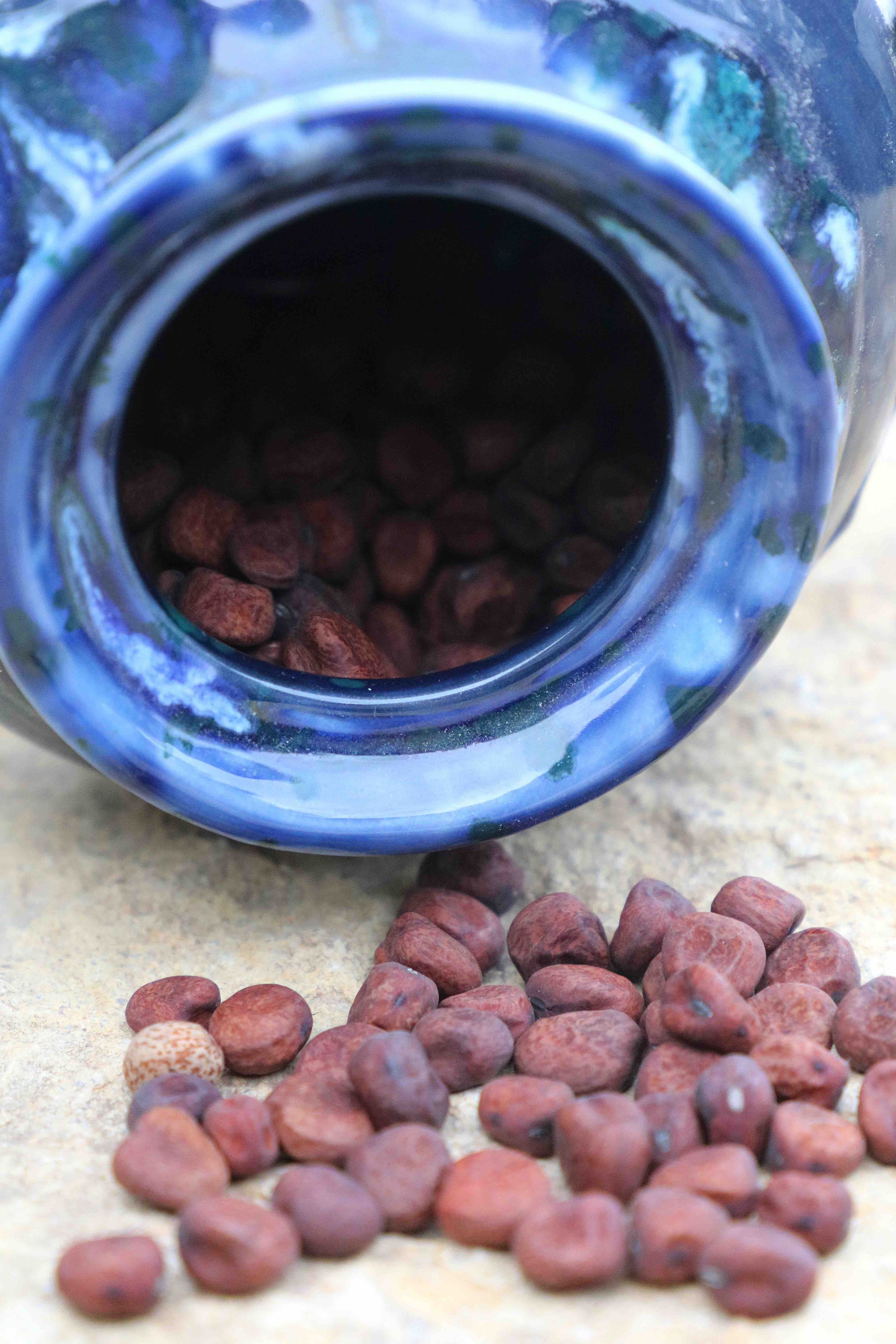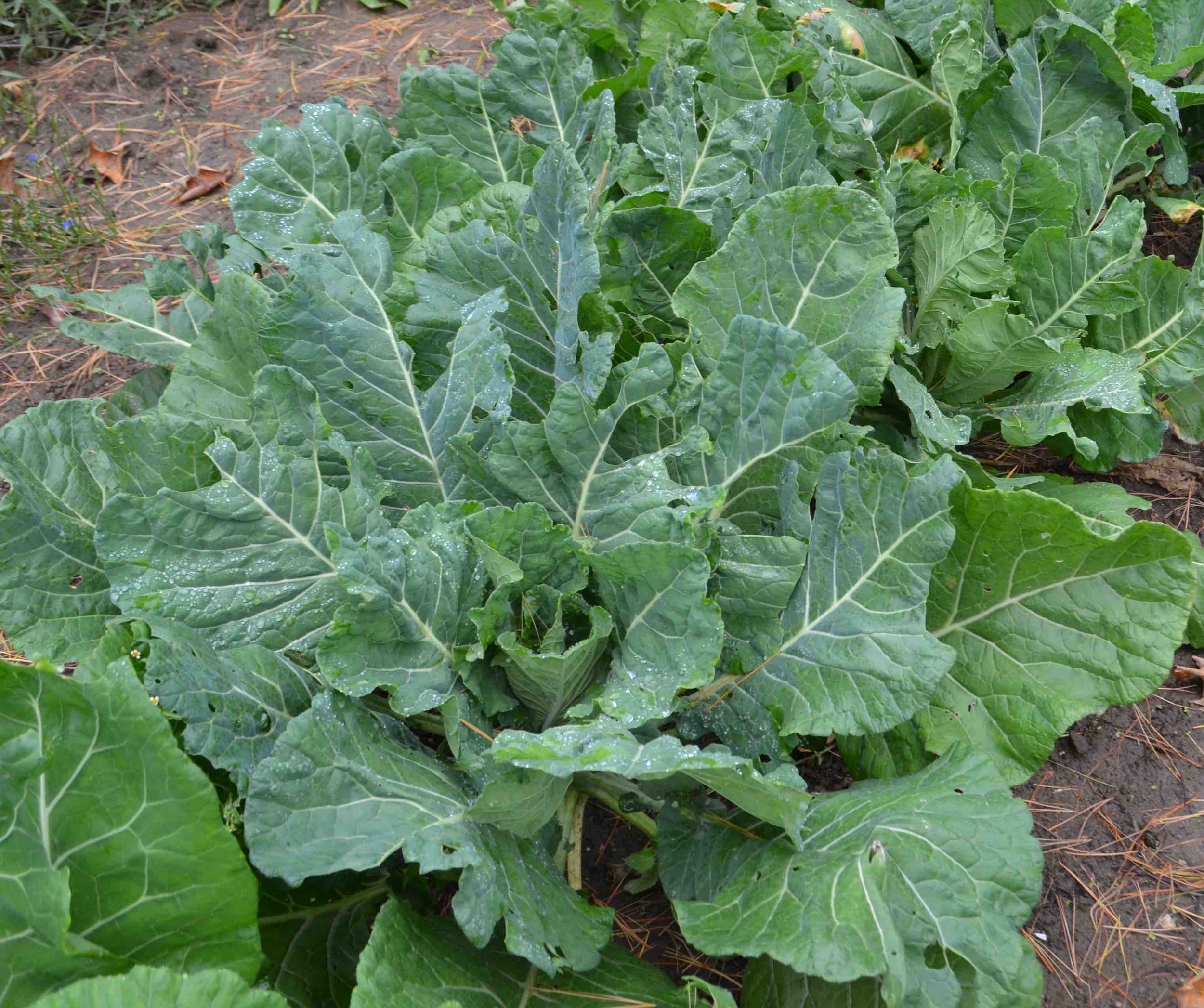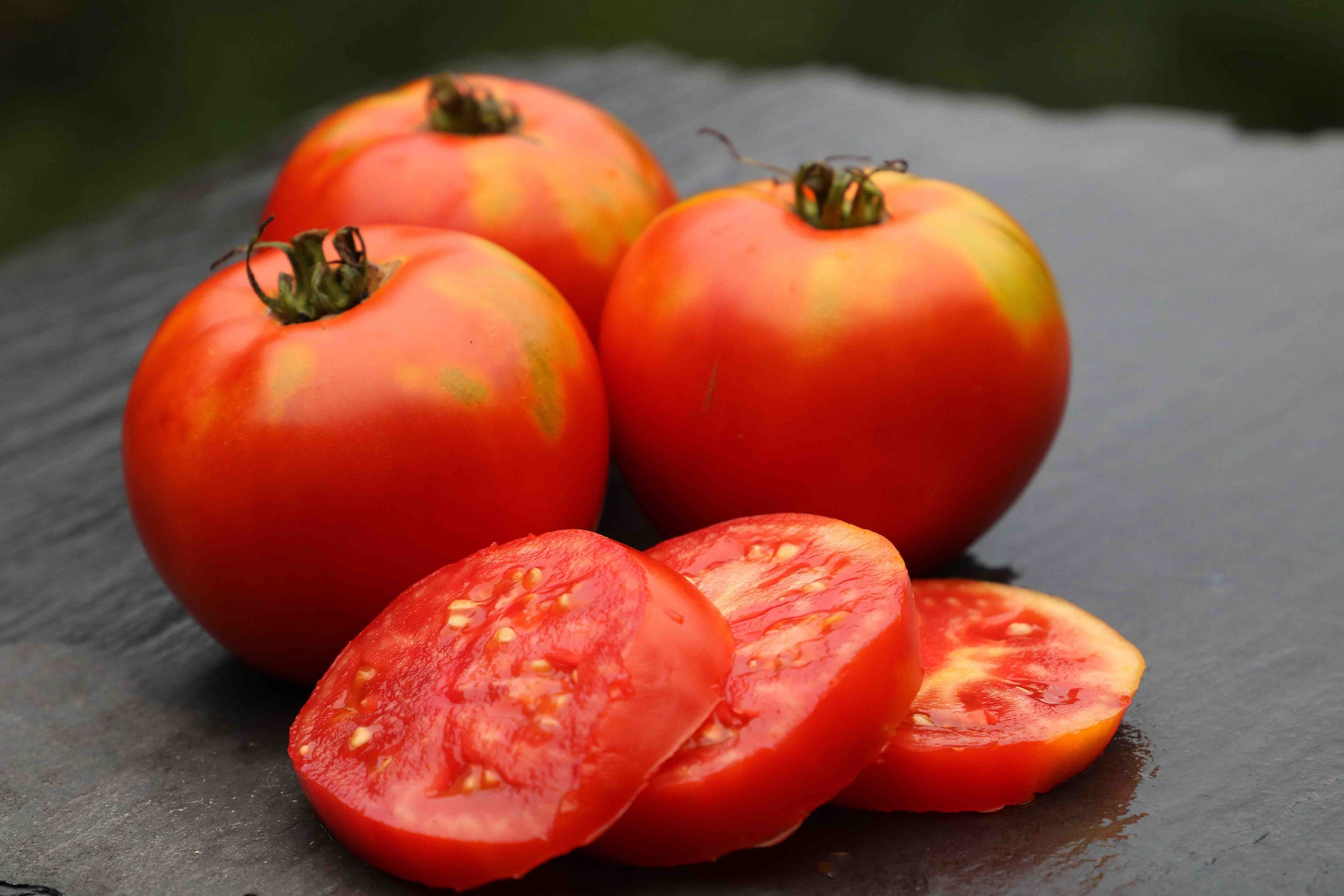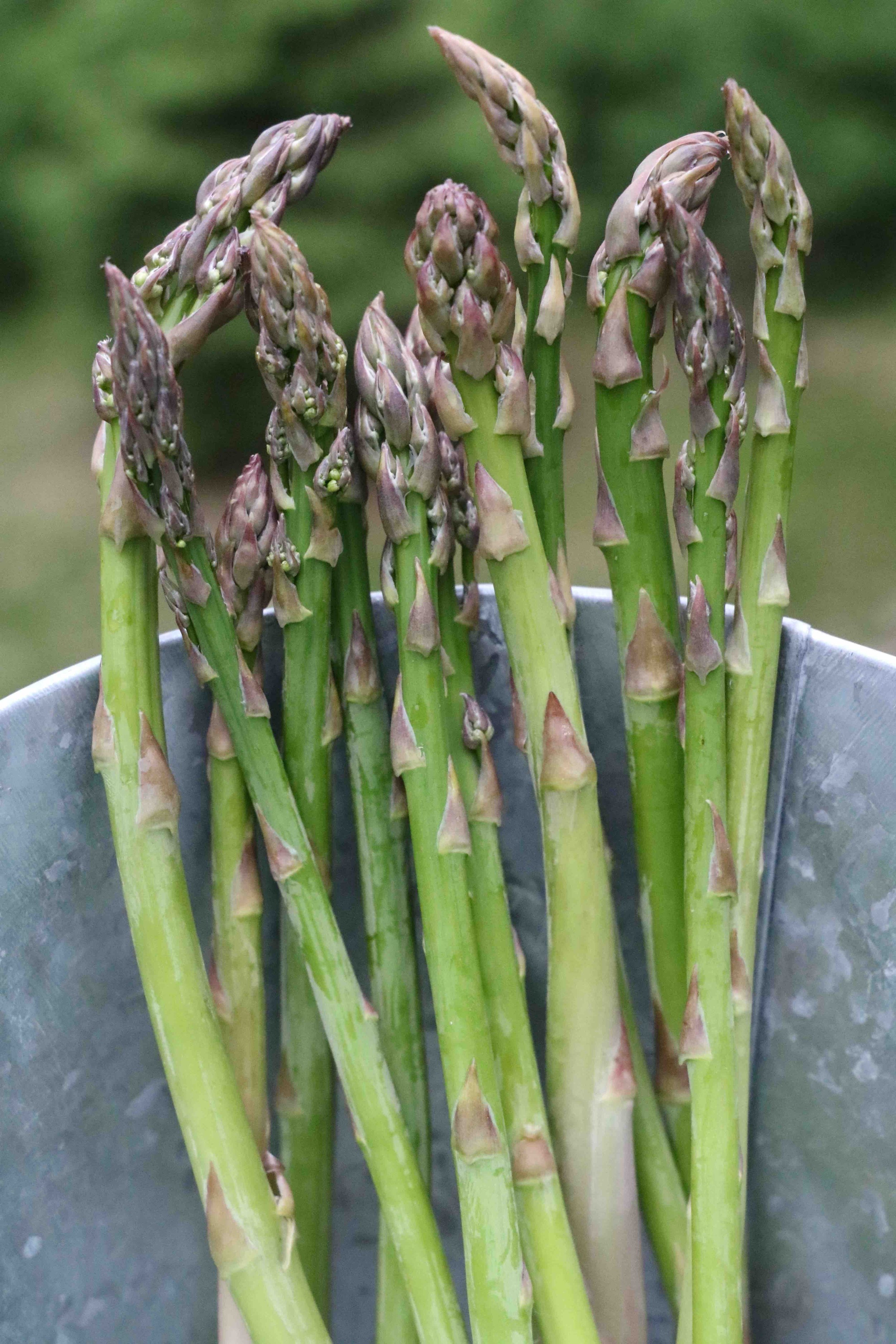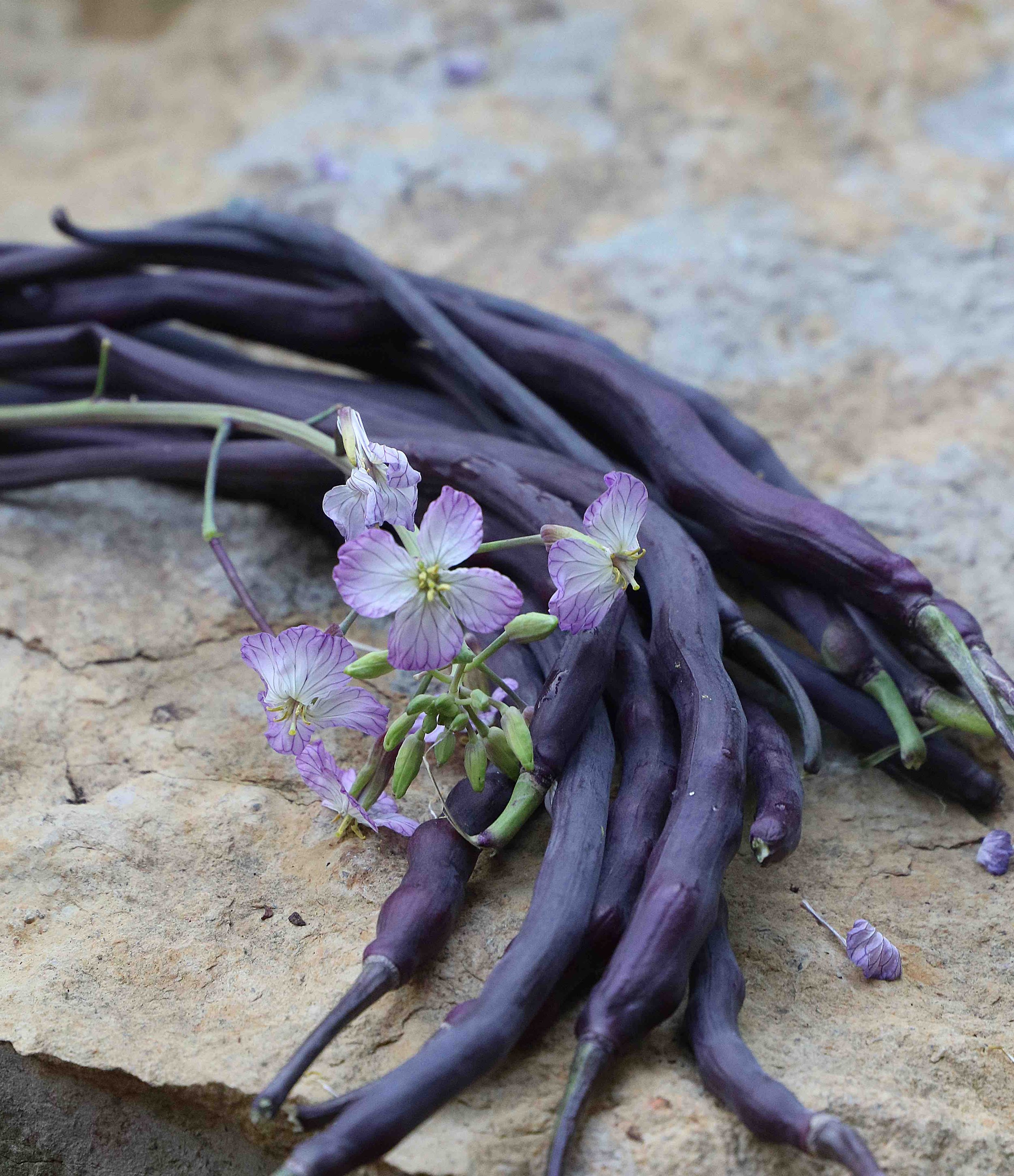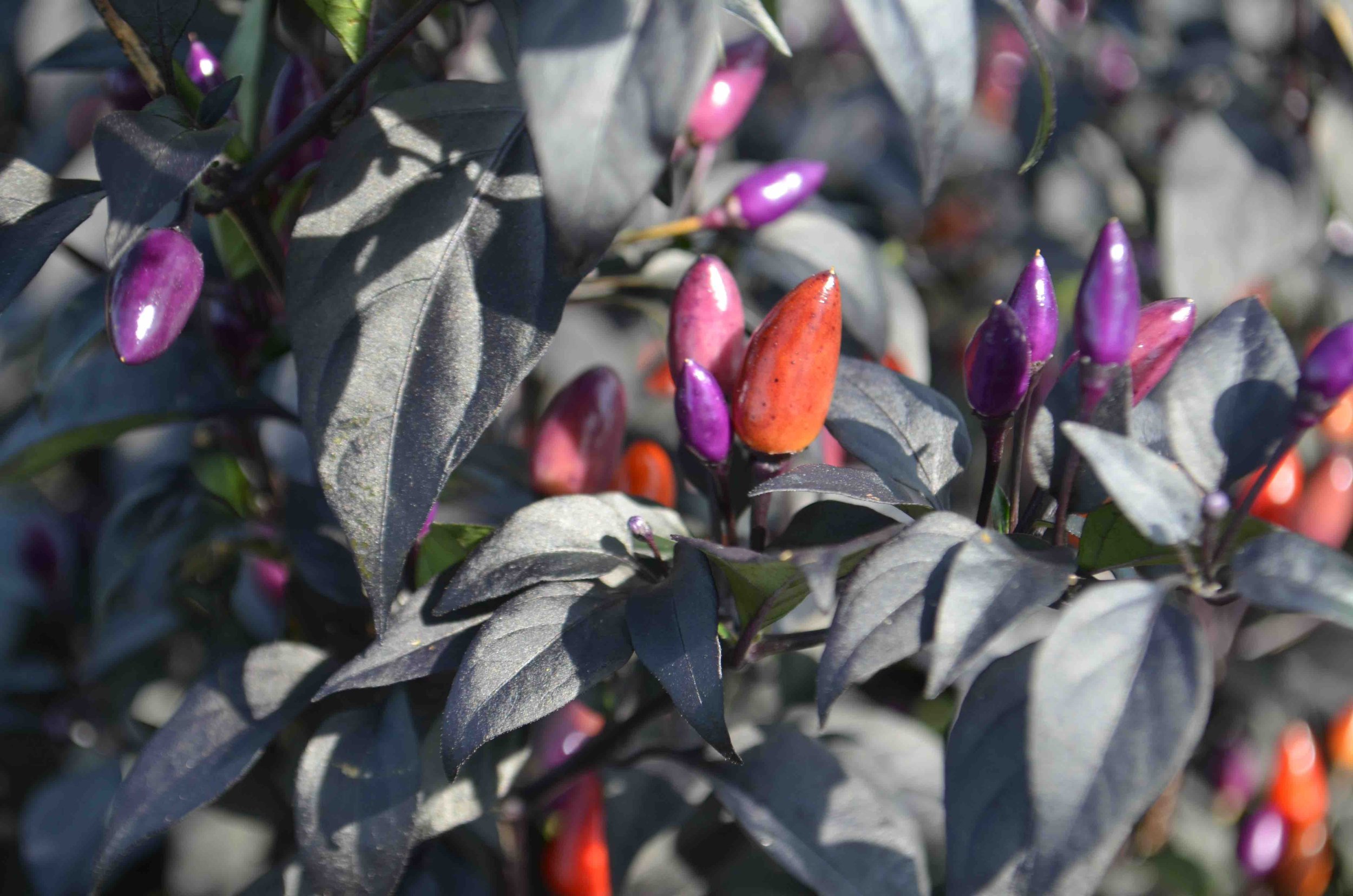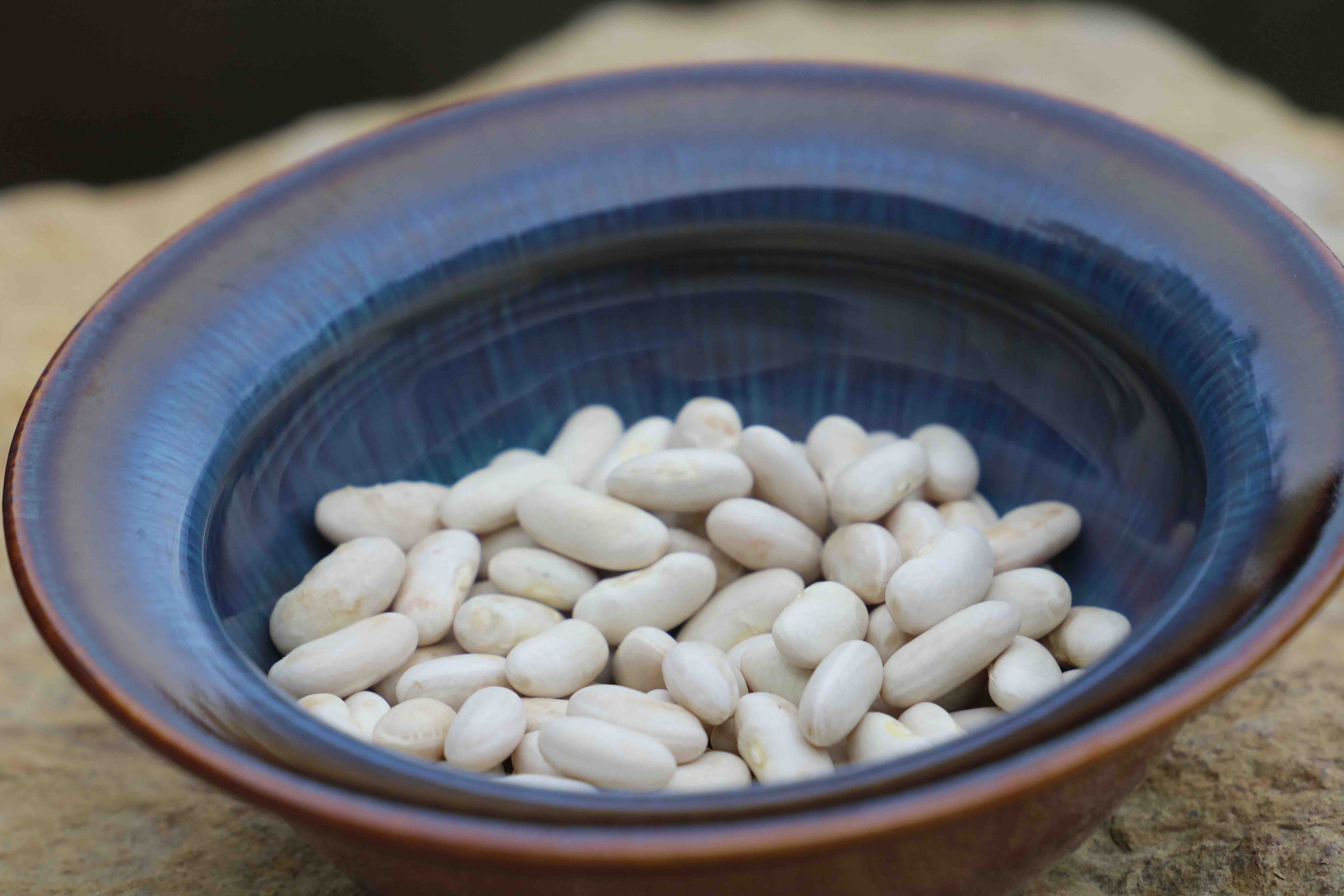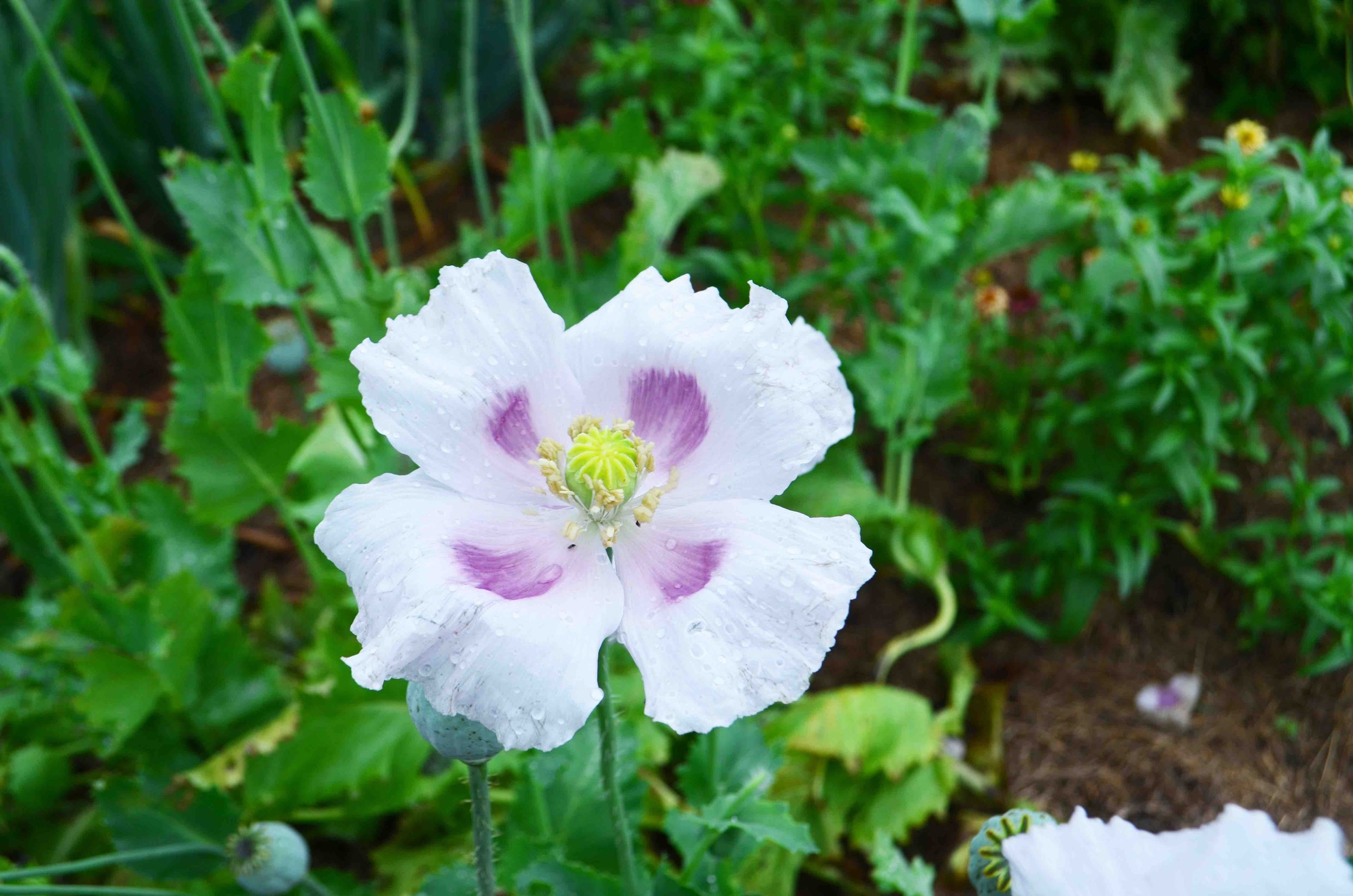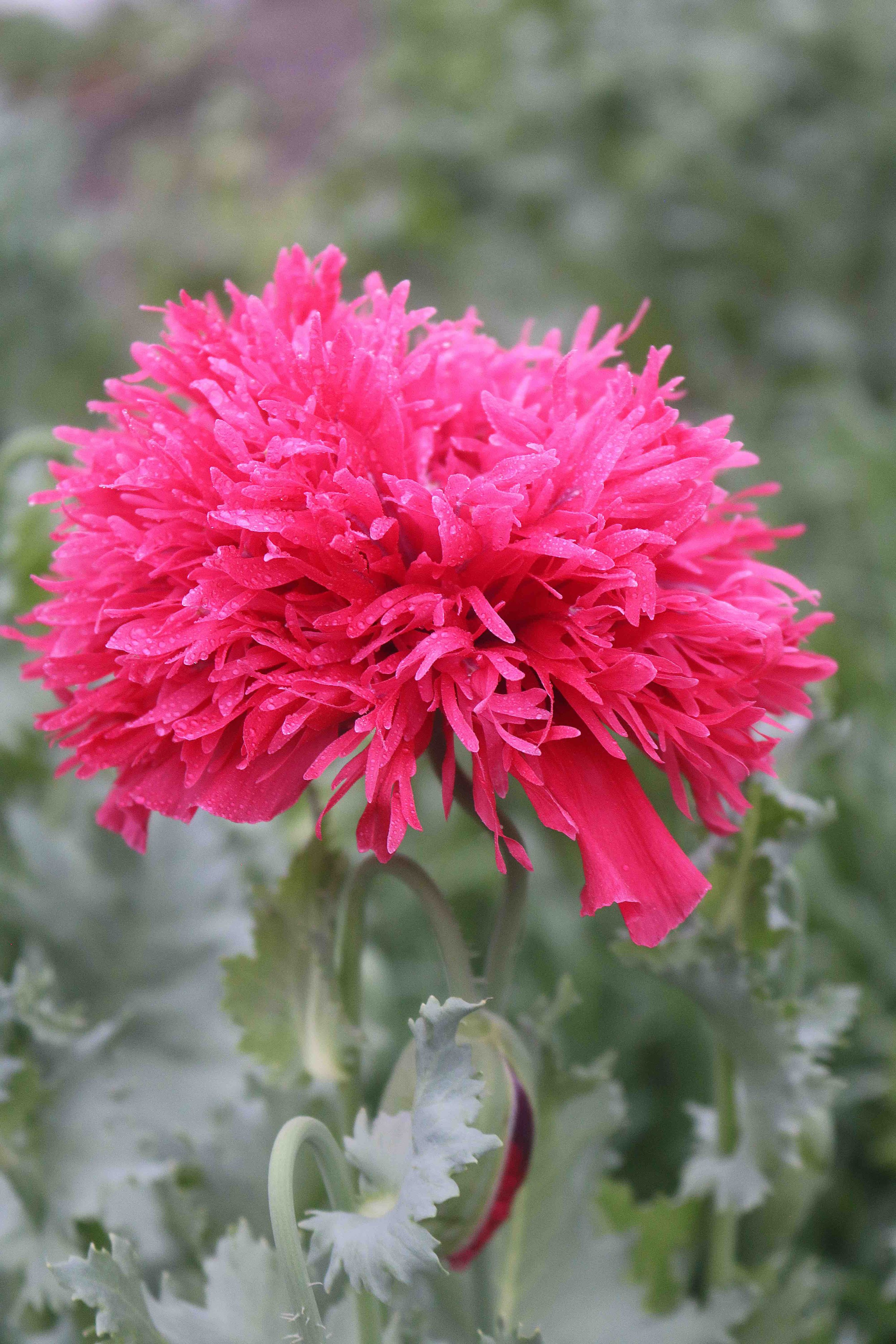SSE introduces 12 new prizeworthy varieties
/Whether delicious to taste or stunning to view (or both!), there’s a reason that the 12 prized varieties introduced for 2022 by Seed Savers Exchange (SSE) have stood the test of time. A beloved collard named for the seed saver who stewarded it for more than 60 years, a multicolored safflower that was brought to the United States by an Italian immigrant in the 1800s, a delicious and disease-resistant slicing tomato, and the first asparagus variety ever offered by SSE headline the organization’s new “From the Collection” offerings.
Preserved at SSE’s Heritage Farm headquarters, the ‘Miss Annie Pearl Counselman’ collard, the ‘Lorenzo Trussoni Heirloom’ safflower, the ‘Baker Family Heirloom’ tomato, and the ‘Culver Williams’ asparagus are part of an impressive collection of more than 20,000 vegetable, herb, flower, and fruit varieties amassed since the nonprofit’s founding in 1975. Each year SSE regenerates and evaluates dozens of these varieties at its northeast Iowa headquarters, paying particular attention to high performers. The following 12 varieties stood out in the field and on the table, and SSE is delighted to introduce them to market farmers, home gardeners, and seed savers everywhere in its 2022 catalog.
When you purchase seeds from SSE, you are giving rare varieties (including these 12 new ‘From the Collection’ varieties!) a place in your garden and at your table and helping to ensure that the biodiversity of our food system remains intact for generations to come.
12 unique varieties for gardeners, market farmers, and seed savers everywhere:
‘Lorenzo Trussoni Heirloom’ Safflower
Lorenzo Trussoni definitely knew best when he brought this safflower from Italy to Genoa, Wisconsin, in 1889. Not only do its dried petals make an excellent saffron substitute when harvested fresh and dried inside, but the flowers also add a splash of vivid (yellow and orange-red) color to the garden. Plants reach about 2’ tall and form flowering branches along their main stems. Today this safflower is grown by many in the Italian-American community in Genoa, including Lorenzo’s descendants.
‘Bill Jump’s Soup’ Pea
This vigorous, highly productive, and versatile variety tastes delicious whether eaten dried in soup or fresh right off the vine. Vines grow 5-6’ in height and bear ornate, purple-blue flowers, while the straight, green pods average 2.5-3” long and contain 4-5 wrinkled seeds. This late-maturing heirloom pea was donated to Seed Savers Exchange by Dennis Miller, whose great-grandfather, Bill Jump, grew the peas in eastern Washington since at least the 1930s.
‘Miss Annie Pearl Counselman’ Collard
This storied collard checks all the boxes! Its uniform, green leaves boast a sweet flavor without a sharp brassica taste. Its leaves grow upright to moderately spreading, reaching up to 2’ long and 1’ wide; plants average 2’ tall and 2.5-3’ in diameter. Longtime steward Miss Annie Pearl Counselman received this variety in the early 1950s. In 2012, at age 94, she shared it with Tom Lambard, who donated the variety to Seed Savers Exchange in 2015.
‘Baker Family Heirloom’ Tomato
It’s no wonder this slicing tomato has long been a favorite of George and Jerreth McLaughlin, who shared it with Seed Savers Exchange in 2005. Vigorous, flavorful, and disease-resistant, it received high marks from gardeners who grew it as part of SSE’s ADAPT community science program. Maturing mid- to late-season, the tomatoes have a sweet and zingy flavor, measure 2.5” tall by 3” wide, and weigh 4-7 ounces.
‘Culver Williams’ Asparagus
This variety’s prolific plants produce large, green stalks that are crunchy, juicy, and slightly sweet when eaten raw. When plants are started from seeds, expect about 10 stalks per plant the first year and up to 15 stalks per plant by the next; asparagus typically needs to grow three or more years before the patch is robust enough to harvest. Reportedly rust-resistant, this asparagus is named for Dr. S. Culver Williams of Rose Valley, Pennsylvania, who stewarded it with his wife, Barbara, for at least 40 years. And did we mention that this is the first asparagus variety ever offered by SSE?
‘Rat Tail (Purple)’ Radish
The edible pods of this variety add zest (and color!) to stir fries and salads and can also be eaten raw or pickled. Plants produce striking, long, moderately pungent purple pods that are best harvested when less than 6” long but remain tender even when larger. Lovely white flowers have violet veins and a violet tinge at petal margins. Plants do not form roots, and pods have some variation in color, with green or purple-green sometimes manifesting.
‘Grandma Kirksey’ Pepper
This stunning ornamental pepper makes a splash in both borders and containers. Bushy plants produce a dense canopy of dark-purple leaves and myriad small, conical peppers that ripen from purple to orange to dark red. The peppers measure about 3/4” long and stand erect on the plant; they are edible but have a very strong taste and are quite hot. ‘Grandma Kirksey’ is named for Willie Jane (Pulley) Kirksey, who received the variety during the Great Depression and grew the peppers in her flower beds.
‘Bert Deane’s Baking’ Bean
This bush bean’s longtime steward—Stephen Deane of Wayne, Maine—described it as “the finest variety of large, white baking bean that anyone here has ever had.” Ideal for baking and making soup, the kidney-shaped bean (developed by Stephen’s Uncle Bert) has a mild flavor as well as a light, “fluffy” texture and cooks quickly. Plants reach 1-1.5’ tall and mature mid-season; each pod has 4-5 seeds and measures 5-6” long when fully expanded.
‘Elka White’ Poppy
The delicate flowers of this breadseed poppy have white or light-pink petals with purple patches at their base. Originating from Chrenovec, Slovakia, this variety bears large capsules containing white seeds that make an excellent paste/meal when ground like a nut butter. Plants grow up to 4’ tall and don’t self-seed.
‘Gatterman Heirloom’ Poppy
“Stunning”. . . “striking”. . . “splendid”—superlatives abound when describing these dark-pink “chrysanthemum”-type flowers. Plants reach 2.5’ tall, mature early- to mid-season, and readily self-seed. Brought to the United States from Germany by the Gatterman family in the 1800s, these poppies can stand alone or blend seamlessly into a vibrant mixed border.
‘Drotts Yellow’ Ground Cherry
‘Drotts Yellow’ boasts a tasty, sweet, fruity flavor that sets it apart from other ground cherries. Its husks turn first yellow and then brown at peak maturity, when the half-inch fruits drop to the ground from large, sprawling, and highly productive plants. Exchange lister Thomas Jerde acquired this variety in 1986 when he bought a home in Minneapolis from the Albert Drotts family and discovered the ground cherry growing in the garden.
‘Tipperary’ Rutabaga
The sweet, smooth, cream-colored flesh of this rutabaga makes it perfect for mashing, roasting, or even eating raw. White roots have purple shoulders, long necks, and smooth skin with minimal forking; average 4.5” long and 3” in diameter; and weigh about a pound. Leaves bear purple petioles and have a drooping habit.


